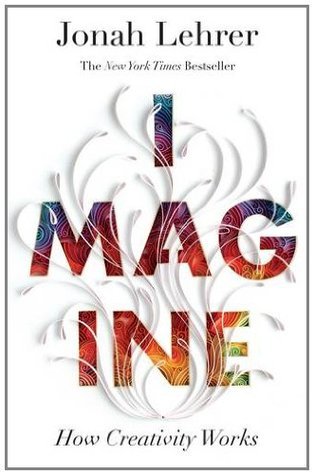
Introduction
In “Imagine: How Creativity Works,” Jonah Lehrer explores the fascinating workings of creativity. He challenges the notion that creativity is solely the domain of muses or divine inspiration. Instead, Lehrer contends that it’s a multifaceted process accessible to everyone. By examining scientific research and real-world examples, he invites readers to understand creativity as a skill that can be cultivated.
Main Characters
While this book isn’t a traditional novel with characters, the central figures are the scientists, artists, and inventors whose stories Lehrer weaves into his narrative. These individuals demonstrate how creativity emerges from specific cognitive processes rather than mystical forces. Their motivations vary—some seek breakthroughs, while others strive for innovation—but all contribute to our understanding of creativity.
Plot
The central conflict in “Imagine” revolves around demystifying creativity. Lehrer delves into research conducted by neuroscientists, exploring brain activity during moments of insight. He introduces Mark Beeman, a cognitive neuroscientist, who reveals that the right brain plays a crucial role in finding subtle connections between seemingly unrelated ideas. Insight occurs when the left brain deactivates, allowing the right brain to light up with high-frequency gamma waves. Lehrer emphasizes that we can encourage this leap from frustration to epiphany by stimulating neural alpha waves through activities like daydreaming, warm showers, or long walks.
Setting
The setting of “Imagine” spans laboratories where neuroscientists study creative brains and corporate environments where managers manipulate conditions to boost innovation. Lehrer’s exploration transcends physical locations, focusing on the mental landscapes where creativity blossoms. The backdrop is our own minds—the intricate neural networks firing during moments of inspiration.
Themes
Several underlying themes emerge:
- Neurological Insights: Lehrer delves into brain science, revealing how specific brain regions contribute to creativity. He emphasizes that creativity isn’t a mysterious force but a result of neural processes.
- Everyday Creativity: Lehrer encourages readers to recognize their innate creativity. Whether solving a puzzle, composing music, or designing a product, we all engage in creative thinking.
- Conditions for Insight: The book highlights how relaxation, daydreaming, and specific brain waves foster creativity. Lehrer suggests practical ways to enhance our creative potential.
Conclusion
In conclusion, “Imagine: How Creativity Works” inspires us to embrace our creative capacities. By understanding the science behind creativity, we can unlock our imaginative potential and contribute to a more innovative world.
Remember, creativity isn’t a rare gift—it’s a skill waiting to be nurtured and explored.
If you like Imagine: How Creativity Works, then also check out…
- The Story of Art by E. H. Gombrich Full Summary
- An Object of Beauty by Steve Martin
- Camera Lucida: Reflections on Photography.


